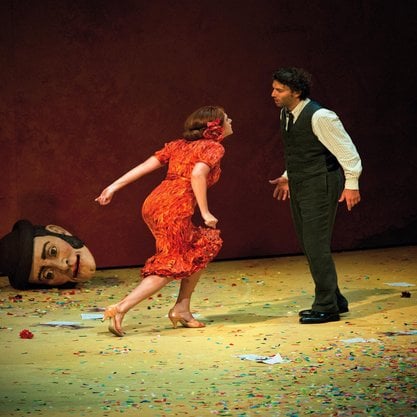Article
Sickert, Walter (1860–1942) By Furness, Tom
Article
Walter Sickert is widely acknowledged as one of the most important figures in modern British art. He was instrumental in furthering acceptance of Impressionist art in Britain and in the progression of modern British painting during the pre-war period in his capacities as both a painter and a writer for periodicals such as New Age. Sickert’s works demonstrate an abiding interest in the surface of pictures and the essence of paint as a material. The painting Minnie Cunningham at the Old Bedford (1892) shows Sickert at the confluence of his two great influences. Inspired by the tutelage of Whistler, its thin washes of wet paint and a shallow pictorial space depict a theatrical subject matter much favored by Edgar Degas. A decade later, in early 20th-century London, Sickert found his place as the elder statesman amongst artists including Spencer Gore, Harold Gilman and Malcolm Drummond in the Camden Town Group and London Group. Through his teaching at, among others, the Westminster School of Art, he imparted his devotion to everyday, urban subjects and his dispassionate recording of visual fact to future generations of figurative artists including William Coldstream and David Bomberg.


